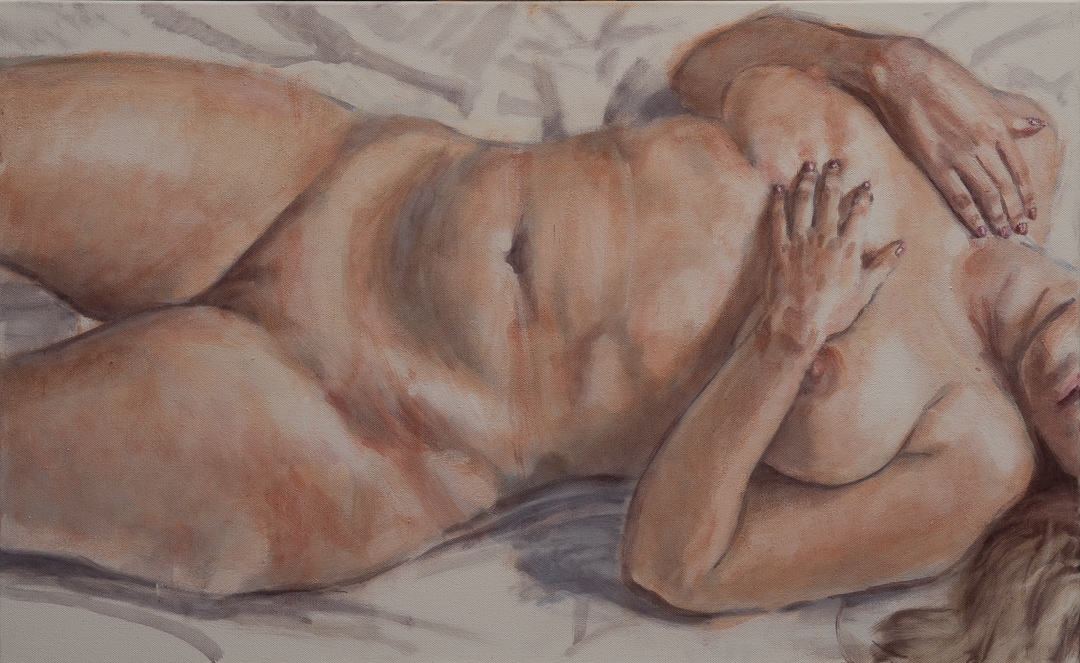
The Gleaners, a work in progress
I’m having some problems with my painting The Gleaners, and am looking for a suitable life model to help me finish it – someone with a slightly haunted look would be ideal.
The Gleaners is a composition loosely based on Millet’s painting of the same name, and also borrows a lot from Mr and Mrs Andrews by Gainsborough. It is a painting about social exclusion and inequality. It is a painting for our times.
I’m happy with how I’m assembling the cast in the background…..


… but I am having a few problems with the foreground figures –
the “Gleaners”.

I have adapted my working methods for my latest paintings. In the past I would have a model pose for every single figure in a composition. It was a frustratingly slow and very expensive process – every time I wanted to adjust one of the figures, I would have to find someone to pose for me again.
Because my recent paintings have included a growing cast of public figures, including politicians and royalty, I have obviously been unable to arrange personal sittings with them, and have instead had to search for reference material in the public domain. That has gone surprisingly well. Public figures are clearly fond of having their photos taken, so there is a wealth of material to draw from.
No, the problem has been with my foreground figures.

I had the idea of using a creepy old film still from the film “The Shout” as the reference for one of the gleaners. I wanted my gleaners to be emaciated figures desperately scavenging for scraps in an arid landscape. Try as I may, I can’t get it to work. I can’t “glean” enough information from the old B&W shot, and I’m thinking that the emaciated look is unnecessary and a bit clumsy. So I decided to rework the poses, and I am now looking for someone to pose for the front three figures in my painting.
This problem got me thinking about my working methods, and how they have changed over the years, as my studios shrunk along with my savings.
I shudder to think of how many sittings I arranged when I started the Feast of Venus.

That particular painting was an epic fail on my part. It was painted in response to an invite to participate in an exhibition. Sadly I missed the deadline by about six months, and haven’t had any good opportunities to show the painting since. Sadly this experience has discouraged me from developing some of my more ambitious projects.
I learned a lot about the technical challenges in creating a larger composition with multiple figures, but the main lesson was that I have to complete paintings within a reasonable timescale, especially when I have a deadline to meet.





